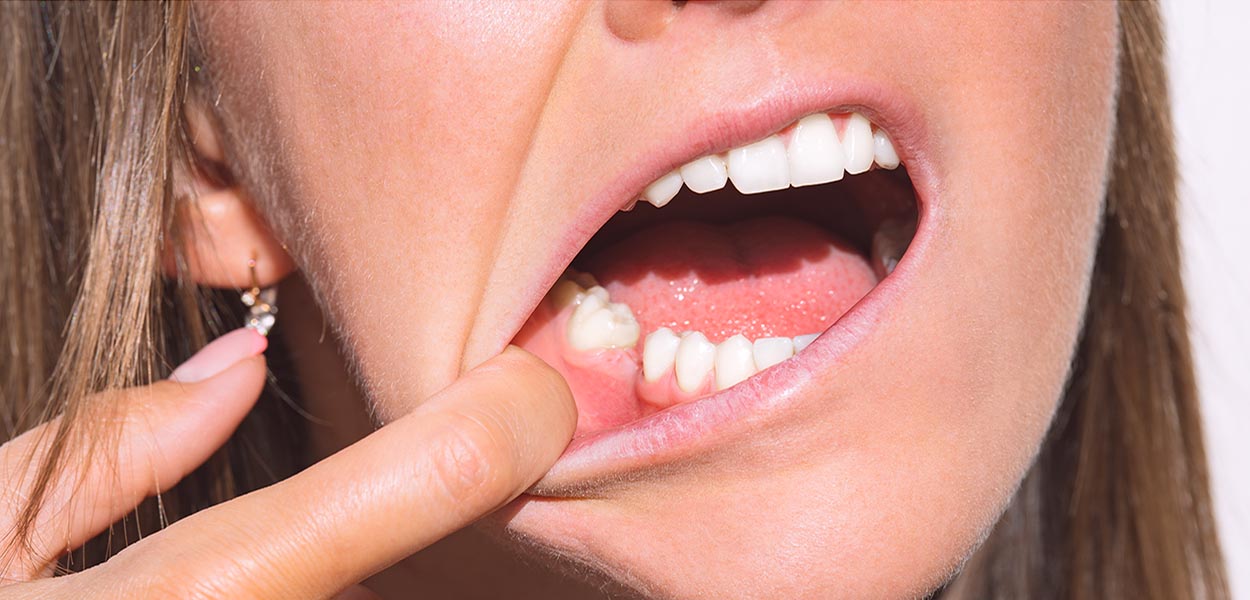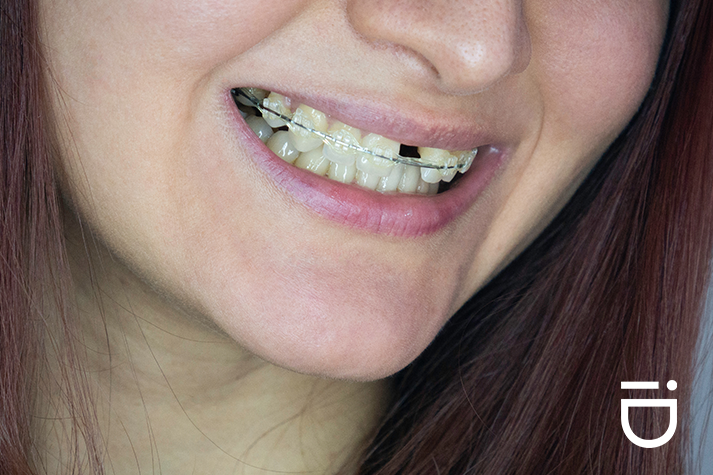Can I Get Braces if I Have Missing Teeth?

Round Lake, IL – More adults than ever are turning to orthodontic treatment to get the smiles they’ve always wanted. Orthodontic treatment can not only provide beautiful smiles, but it can also create a healthier smile, too. But adult patients face some issues that adolescent patients often don’t. Adult patients may be missing teeth or have restorations, for example. Will orthodontic treatment still be effective?
“You can still get braces even if you are missing a tooth/teeth or have restorations,” says Dr. Michael Stosich. “Board-certified orthodontists correct smiles in patients of all ages and with a variety of issues. Every treatment plan is fully customized to the individual patient, taking their unique needs into account.”
Why It Is Important to Fix Your Missing Teeth?
Patients may be missing teeth for a variety of reasons. Some may have lost teeth due to decay or gum disease or have had a tooth pulled for some reason and never replaced. And some people are just missing teeth naturally because the tooth never formed. If a tooth is lost, no matter the cause, and nothing is done to replace that tooth, the remaining teeth will shift to fill that space. Your smile is altered, creating an unstable bite.
How Braces Can Fix Missing Teeth?

Braces are an ideal solution to help correct the bite and ensure the stability and health of the remaining teeth.
“When we are correcting the smile, we can take a couple of approaches,” says Dr. Stosich. “We can align the teeth so that a restoration can go where the missing tooth was. Or, we can align the teeth to remove the gap left by the missing tooth should the patient not want a restoration placed.”
Can You Get Invisalign or Braces With a Dental Implant or Crown?
We’ll determine the best approach for your unique needs after a consultation.
In the case of Implants
If you are considering getting an implant to replace your missing tooth and are also considering orthodontic treatment, it is best to discuss treatment with an orthodontist first. Implants are placed directly into the jawbone, so they cannot move in the same way natural teeth can. In some cases, treatment can work around an implant. But, it is typically best to consult an orthodontist before getting an implant. This way, the orthodontist can prepare the mouth and align the teeth properly, then the implant can be placed.
In the case of a crown
Your teeth can still move if you have a crown. The root is still in place, so braces can guide the crown like a natural tooth. It may move slower than a natural tooth, but your orthodontist will monitor it closely to ensure stability.
When it comes to orthodontic treatment, there is almost always a solution your orthodontist can find to correct your smile and stabilize your bite. The goal is always to provide a smile that isn’t just prettier but healthier, too. Dr. Stosich works hard to create individualized treatment plans designed to meet the needs of each patient he treats. Schedule your consultation today and Dr. Stosich can help you achieve the smile of your dreams.


